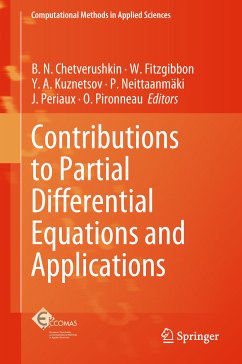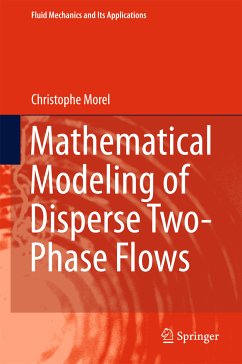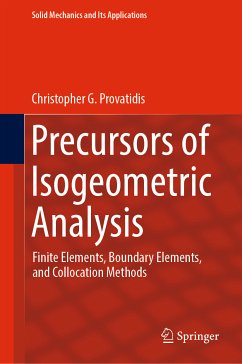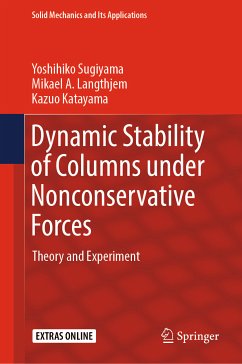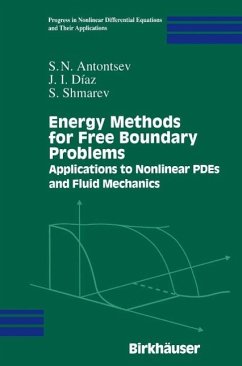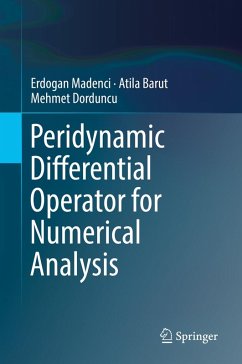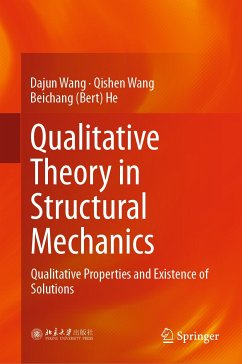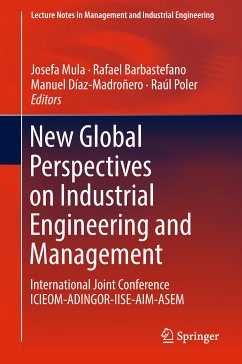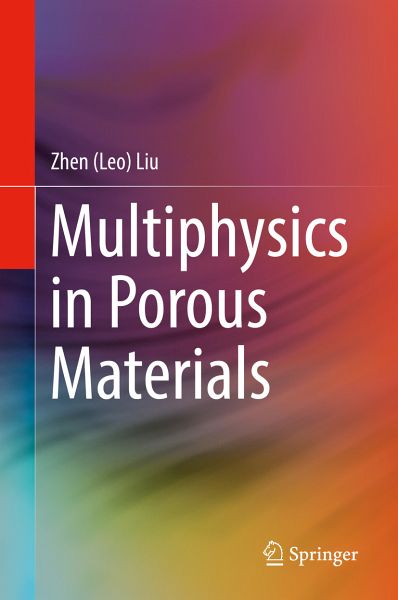
Multiphysics in Porous Materials (eBook, PDF)
Versandkostenfrei!
Sofort per Download lieferbar
112,95 €
inkl. MwSt.
Weitere Ausgaben:

PAYBACK Punkte
56 °P sammeln!
Presents the essential components of multiphysics along with innovative numerical modeling techniques in the context of porous materials Structured for a wide range of readers from those new to the field to experts, instructors, researchers, software developers, and modelers from many scientific and engineering disciplinesOrganized using practical approach that combines a lucid presentation of theories and illustrated with hands-on example problemsReinforces multiphysics concepts with applications demonstrating the use of common software to solve representative problems
Presents the essential components of multiphysics along with innovative numerical modeling techniques in the context of porous materials
Structured for a wide range of readers from those new to the field to experts, instructors, researchers, software developers, and modelers from many scientific and engineering disciplines
Organized using practical approach that combines a lucid presentation of theories and illustrated with hands-on example problems
Reinforces multiphysics concepts with applications demonstrating the use of common software to solve representative problems
Dieser Download kann aus rechtlichen Gründen nur mit Rechnungsadresse in A, B, BG, CY, CZ, D, DK, EW, E, FIN, F, GR, HR, H, IRL, I, LT, L, LR, M, NL, PL, P, R, S, SLO, SK ausgeliefert werden.



